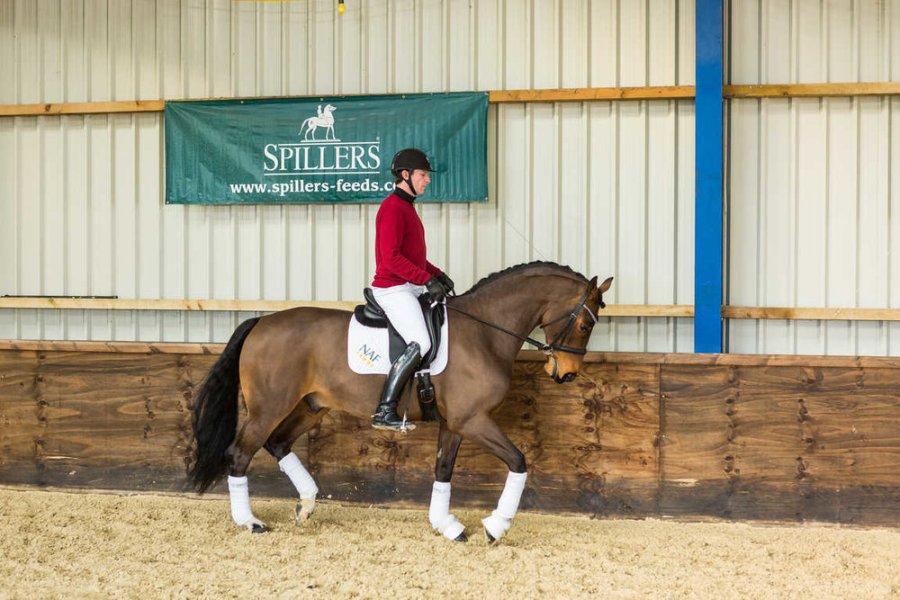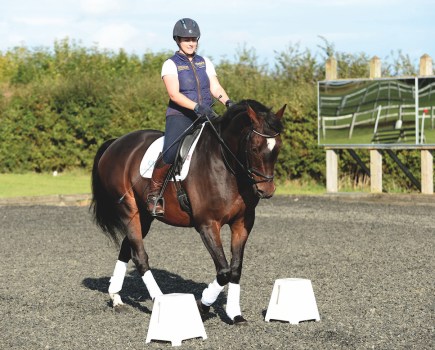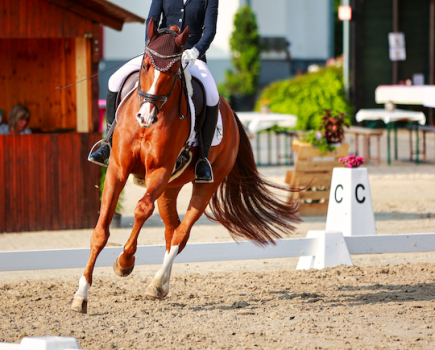Do you struggle with a horse who continues to work behind the vertical? Here, dressage rider Paul Hayler explains some simple fixes you can do.
What does working behind the vertical mean?
When your horse is behind the vertical, it means that his nose is too close to his chest and there’s too much pressure across his poll.
It usually happens when your horse becomes too strong in your hand and as a result, you keep a tight rein.
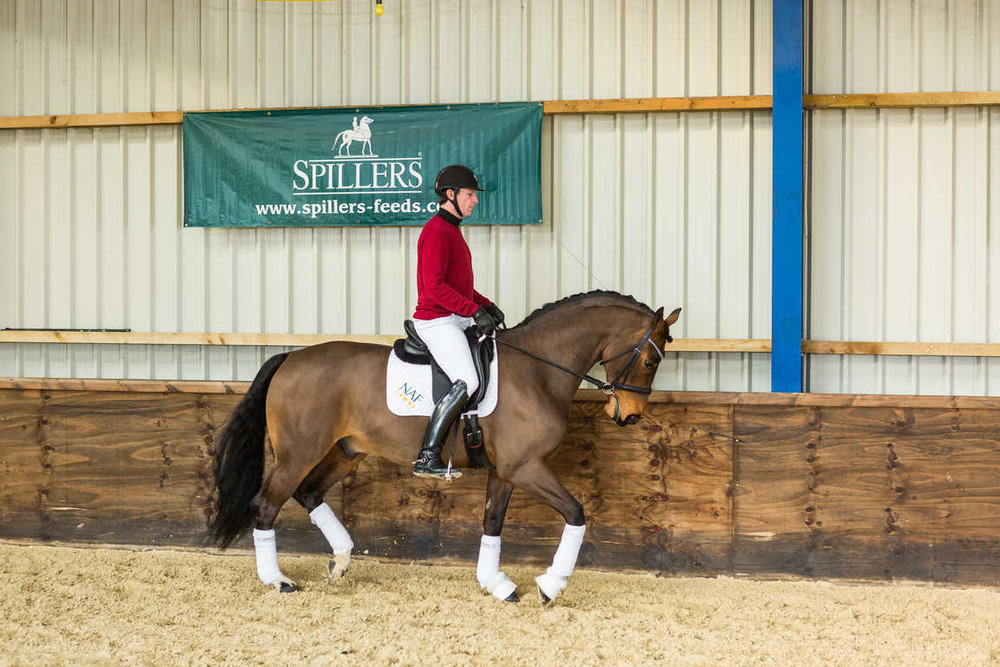
When your horse comes behind the vertical, his nose will be too close to his chest, rather than in a vertical line with the floor.
How to know if your horse is behind the vertical
It can be tricky when you’re in the saddle to know whether or not your horse is behind the vertical, but look out for his ears.
If his ears are lower than the crest of his neck, chances are he’s working behind the vertical.
For the ideal contact, your horse’s mouth should be level with your knee and his nose will be in a vertical line to the ground. He’ll be relaxed in his jaw and also able to accept an elastic contact.
How to get the perfect outline with your horse
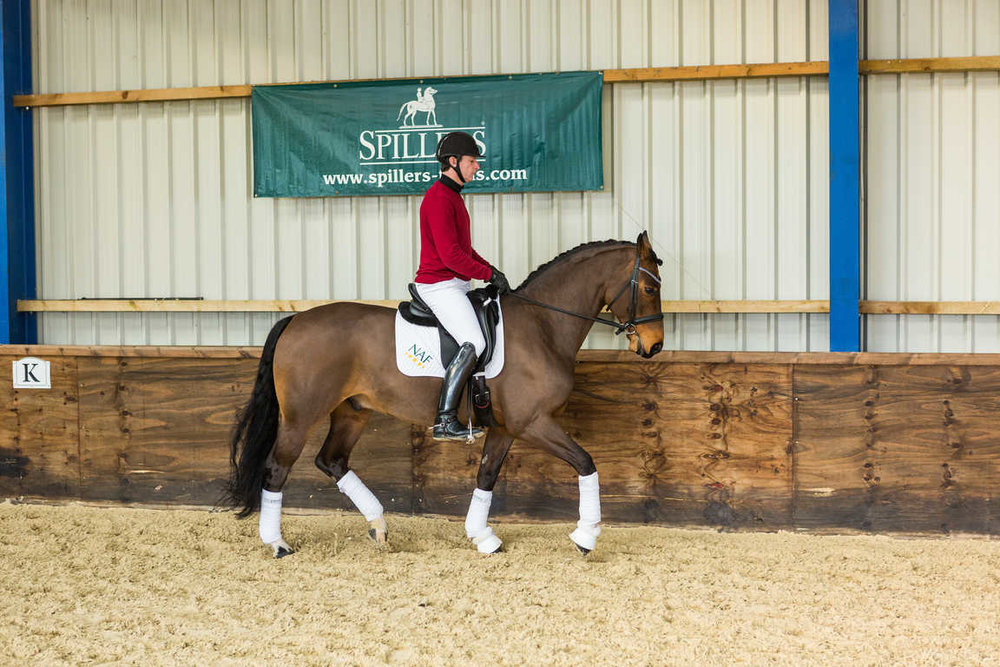
Your horse will be relaxed in his jaw and able to take an elastic contact when he’s working in the correct outline.
To stop your horse working behind the vertical, lighten your rein and keep your leg on, encouraging him to bring his head to the ideal contact.
Remember that your reins have two jobs – the outside rein keeps the horse in balance and helps with control, while the inside rein gives softness, relaxation in the jaw and bend.
While your reins give the outline, remember that your fingers help to soften the contact, so if you’re struggling to get your horse to take the contact, apply a slight rein pressure with your second and third fingers until he accepts working on the bit.
Try this
- In walk, go large around the school.
- Shorten your reins and begin gently applying slight rein pressure with your second and third fingers. Keep your leg on your horse’s rib cage to give him support.
- Repeat this action until he drops his head and starts working on the bit, giving him time to understand what you’re asking.
- Once he begins to work on the bit, keep your hands still – this is his reward.
Achieve an outline in walk before you rush off and try it in trot. Working at a slow pace helps your horse to relax his neck and understand what it is you’re asking of him.
Don’t miss the latest issue of Your Horse Magazine, jam-packed with training and veterinary advice, horse-care tips and the latest equestrian products available on shop shelves, on sale now.

